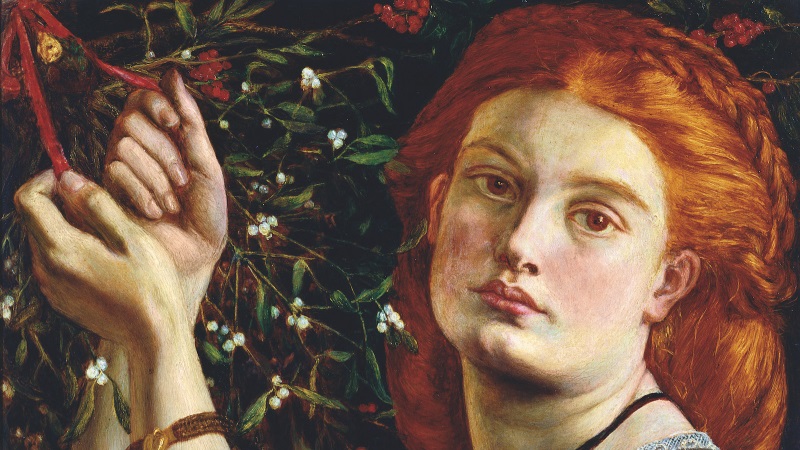Ah, mistletoe! Those glossy green leaves and winter berries aren’t just for decking the halls. There’s a whole world of romance and mystique wrapped up in this plant. Mistletoe has been a symbol of love and intrigue across many cultures, far beyond its holiday fame. It’s time we look beyond its festive guise to understand its rich historical and cultural significance.
So, let’s set aside the Christmas clichés and embark on a journey through time. We’re about to unravel the enchanting stories that have turned this humble plant into a legendary symbol of affection and folklore.
Table of Contents
- The Botany of Mistletoe: Understanding the Plant
- Ancient Beginnings: Mistletoe in Mythologies
- Romantic Symbolism Across Cultures
- Mistletoe in Literature
- Mistletoe and Marriage
- Folklore and Superstitions
- The Darker Side of Mistletoe
- Medicinal Uses: Historical and Modern
- Modern Mistletoe: Christmas Traditions
- Global Celebrations: Role in Festive Traditions
- Environmental Conservation: Global Efforts
- Conclusion: Embracing the Legacy of Mistletoe
- Want More Interesting Articles?
The Botany of Mistletoe: Understanding the Plant
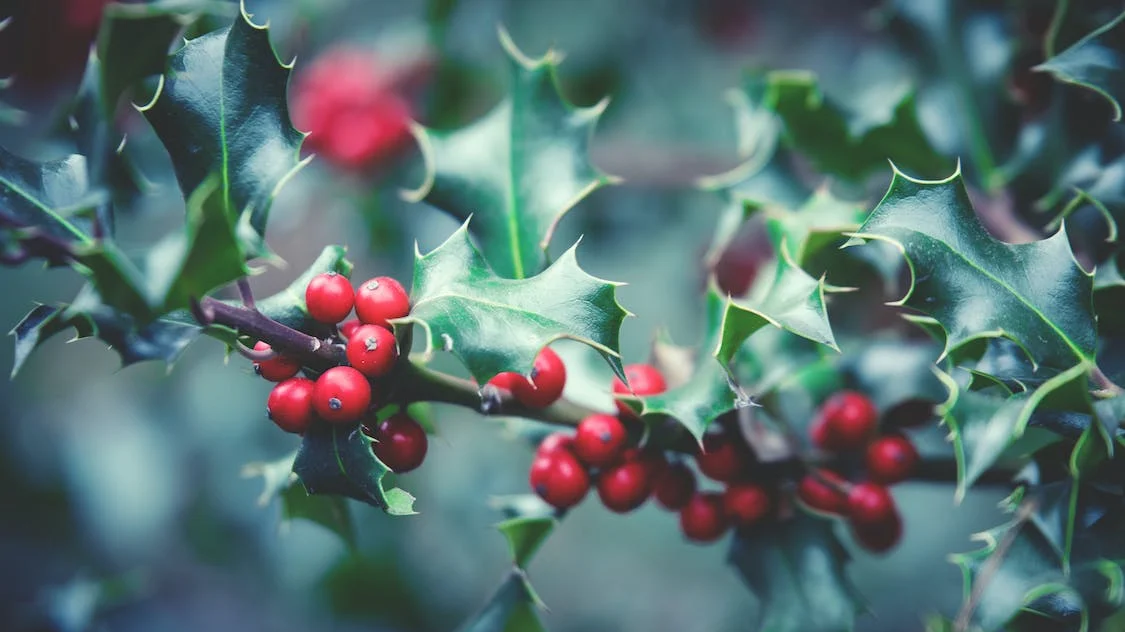
Mistletoe, more than just a symbol, is a fascinating botanical specimen. This semi-parasitic plant has unique characteristics that allow it to thrive in various environments.
- Species Diversity: There are over 1,300 species of mistletoe worldwide. Each species adapts to its specific host tree.
- Growth Habits: Mistletoe grows on the branches of trees, extracting water and nutrients, but it also performs photosynthesis like other plants.
- Ecological Impact: Far from being merely parasitic, mistletoe plays a crucial role in its ecosystem, providing food and habitat for numerous birds and insects.
Understanding the botany of mistletoe helps us appreciate its role in nature, beyond its cultural significance.
Ancient Beginnings: Mistletoe in Mythologies

Did you know mistletoe was a star in ancient mythologies? It’s true! This plant wasn’t just a background character; it played crucial roles in tales from Greek to Norse myths. In these stories, mistletoe was often seen as a powerful and mystical entity, sometimes even holding the key to life and death.
| Culture | Role of Mistletoe in Mythology |
|---|---|
| Norse | A symbol of love and reconciliation, famously in the story of Baldur’s death and resurrection |
| Greek | Associated with fertility and vitality, often appearing in rituals and ceremonies |
| Celtic | Considered a sacred plant with healing powers, capable of warding off evil spirits |
This table just scratches the surface of mistletoe’s mythological tapestry. Each story adds a layer to our understanding of how this plant became so embedded in romantic symbolism.
Romantic Symbolism Across Cultures
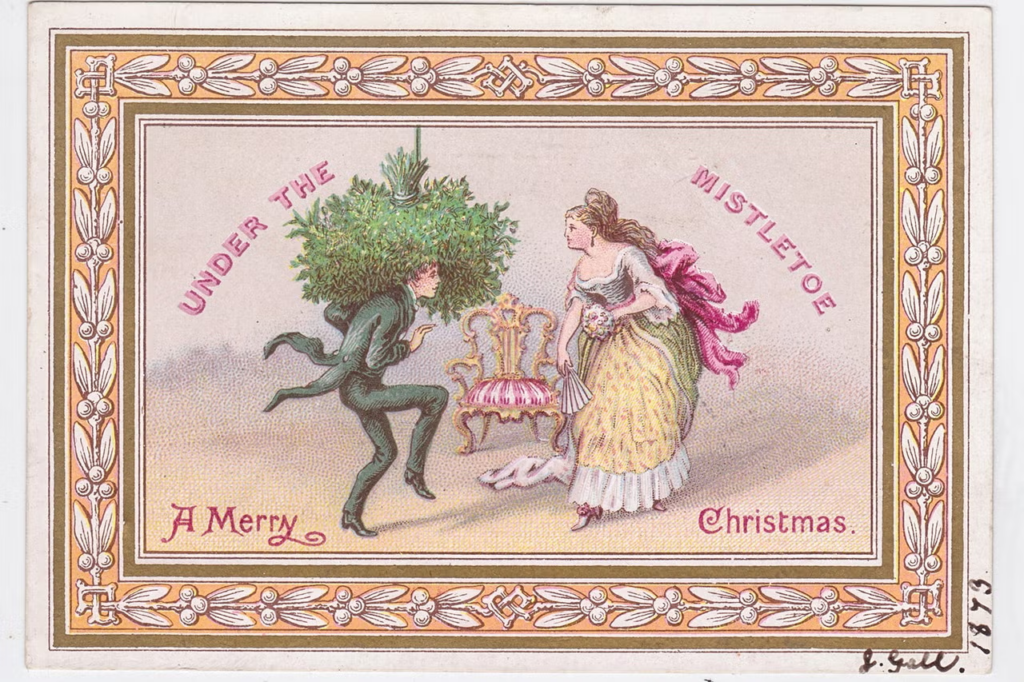
Mistletoe’s journey through the ages brought it into the realm of love and romance. Across different cultures, it became a symbol of union and goodwill. Here’s how various societies embraced mistletoe:
- In Victorian England, mistletoe was a sign of romance. Couples kissing under the mistletoe was considered a promise of marriage.
- French tradition saw mistletoe as a peace-making plant. Enemies would reconcile under it, symbolizing the end of disputes and the beginning of friendship.
- In Scandinavian cultures, it was believed that mistletoe would ensure peace and friendship, continuing its legacy as a unifier.
This evolution from ancient to romantic symbolism illustrates how mistletoe transcended its mythological roots to become a beacon of love, harmony, and reconciliation.
Mistletoe in Literature

Mistletoe’s influence extended into the realm of literature, where it has been featured in various works, both as a symbol and a central theme.
- Shakespearean References: In plays like “As You Like It,” Shakespeare used mistletoe to represent both romance and the complexities of human relationships.
- Modern Literature: Contemporary authors often use mistletoe in a symbolic context, representing new beginnings or the complexities of love.
Mistletoe’s presence in literature serves as a testament to its enduring symbolism, bridging ancient beliefs and modern interpretations. It’s a plant that has inspired writers through the ages, adding a layer of depth to stories of romance and human connection.
Mistletoe and Marriage
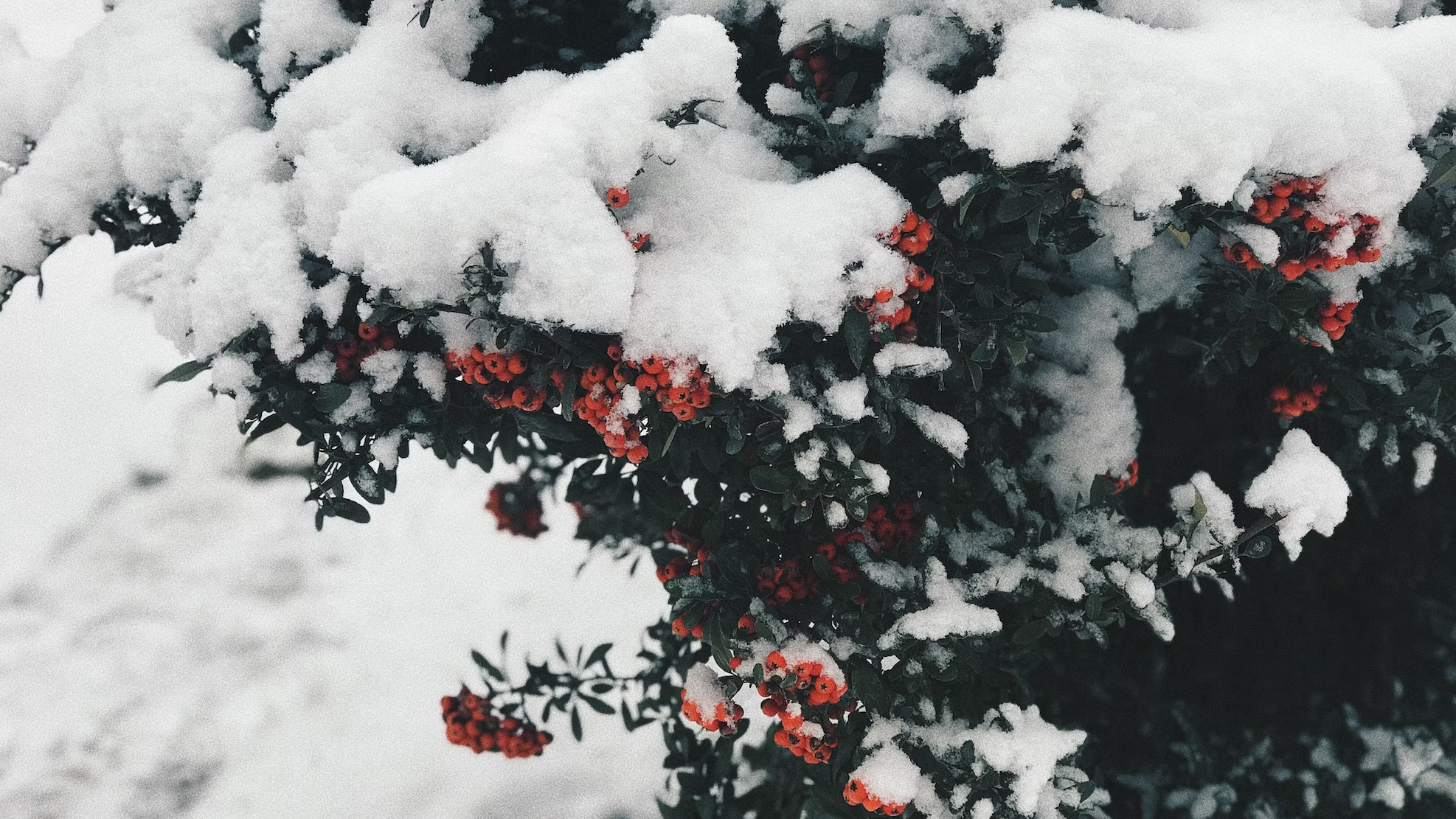
Mistletoe’s association with marriage and love rituals spans centuries.
- Ancient Wedding Rituals: In some cultures, mistletoe was used in wedding ceremonies, believed to bring luck and fertility to the newlyweds.
- Victorian Era Customs: The tradition of kissing under the mistletoe was often associated with courtship and proposals.
- Contemporary Weddings: Today, mistletoe is still a popular decor element in weddings, symbolizing love and the promise of a happy future together.
This transition from ancient rituals to modern celebrations shows how mistletoe has remained a symbol of love and commitment through the ages.
Folklore and Superstitions
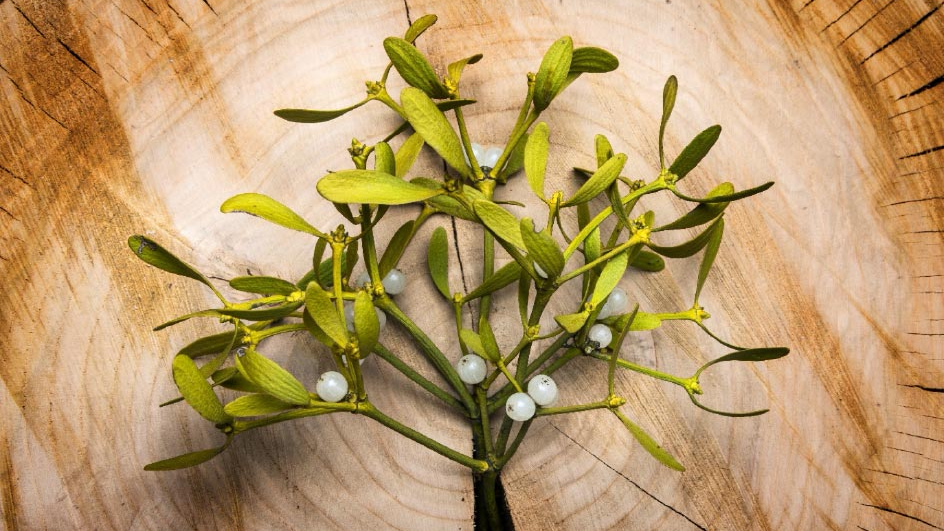
Delving into the realm of folklore and superstitions, mistletoe emerges as a plant shrouded in mystery and magic. Various cultures have attributed mystical properties to it, often linked to protection and luck.
- Protection Against Evil: In some European traditions, mistletoe was hung over doorways to ward off evil spirits.
- Healing Powers: Many ancient societies believed in mistletoe’s healing abilities, using it in remedies for various ailments.
- Good Luck Charm: Carrying a piece of mistletoe was often thought to bring good fortune and ward off bad luck.
These beliefs highlight mistletoe’s status as a powerful talisman in folklore, transcending its physical form to become a symbol of spiritual protection and well-being.
The Darker Side of Mistletoe
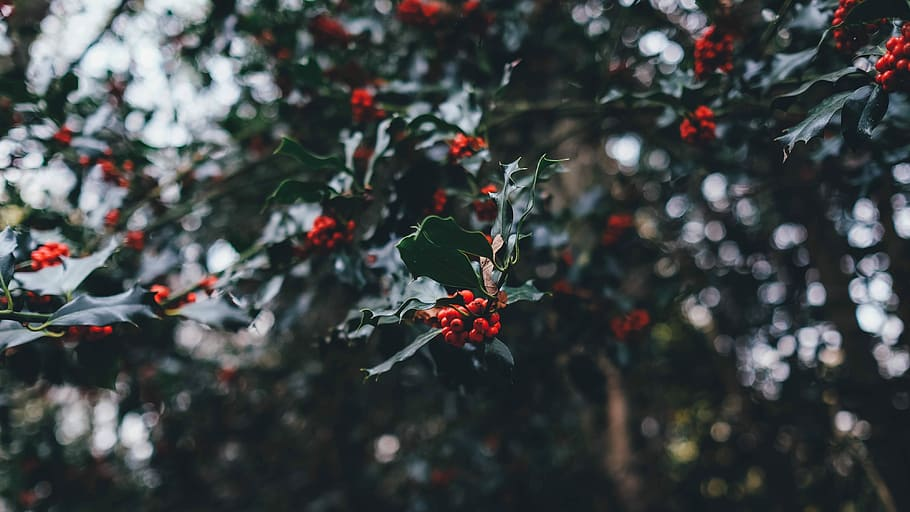
While often associated with love and joy, mistletoe also has a darker side in mythology and folklore.
- Symbol of Sorrow: In some Norse legends, mistletoe is linked to tragedy and sorrow, as seen in the tale of Baldur’s death.
- Ominous Portents: In certain folklore, mistletoe was sometimes seen as an omen of misfortune or even death.
- Dual Nature: This contrast highlights the dual nature of mistletoe, capable of representing both life and death, joy and sorrow.
Exploring these lesser-known aspects of mistletoe enriches our understanding of its complex symbolism, revealing a plant with a multifaceted persona that spans a spectrum of human emotions and experiences.
Medicinal Uses: Historical and Modern

The use of mistletoe in medicine is as varied as its cultural history. From ancient remedies to contemporary therapies, mistletoe has been regarded for its potential healing properties.
- Traditional Medicine: Historically used in various cultures to treat ailments ranging from epilepsy to hypertension.
- Modern Research: Recent studies explore mistletoe’s potential in cancer treatment and immune system support.
- Holistic Health: Continues to be a component in alternative and holistic health practices.
This aspect of mistletoe’s history underscores its multifaceted nature, serving both as a cultural symbol and a subject of medical interest.
Modern Mistletoe: Christmas Traditions

Mistletoe’s role in modern culture, especially during the Christmas season, is a fascinating blend of history and contemporary practice. Today, it’s celebrated not just for its historical significance but as a vibrant symbol of love and festivity. The tradition of kissing under the mistletoe has become a staple of Christmas celebrations, but how did this curious custom come to be?
The Origins of Mistletoe as a Symbol of Romance
The tradition of kissing under the mistletoe dates back to ancient times but gained widespread popularity in Victorian England. It was during this era that mistletoe became a fixture in Christmas decorations, synonymous with love and romance. The Victorians had a rule – if a lady was caught standing under the mistletoe, she could not refuse a kiss. This act was seen as an offer of peace, a sign of affection, and a promise of marriage.
Mistletoe in Christmas Decorations
Mistletoe’s role in holiday decorations goes beyond mere ornamentation. It’s often hung in doorways or in the center of rooms during the holiday season, inviting passersby to partake in the tradition of a kiss. The plant’s evergreen nature symbolizes life and endurance through the winter, resonating deeply with the spirit of Christmas – a time of joy, togetherness, and celebration of life.
Underneath the mistletoe, we find not just kisses, but echoes of Christmas past and whispers of holiday magic.
The Kissing Bough
A central piece of Christmas decor in many households is the ‘kissing bough’ – a decorative arrangement of mistletoe, often combined with evergreens, ribbons, and candles. This tradition, rooted in ancient winter solstice celebrations, has evolved into a symbol of welcoming and warmth during the festive season.
Mistletoe in Media and Popular Culture
In modern times, mistletoe has featured prominently in movies, songs, and TV shows, often as a backdrop for romantic encounters. This portrayal in media has further solidified its status as a symbol of love and has made the mistletoe kiss a much-anticipated holiday tradition.
Global Celebrations: Role in Festive Traditions
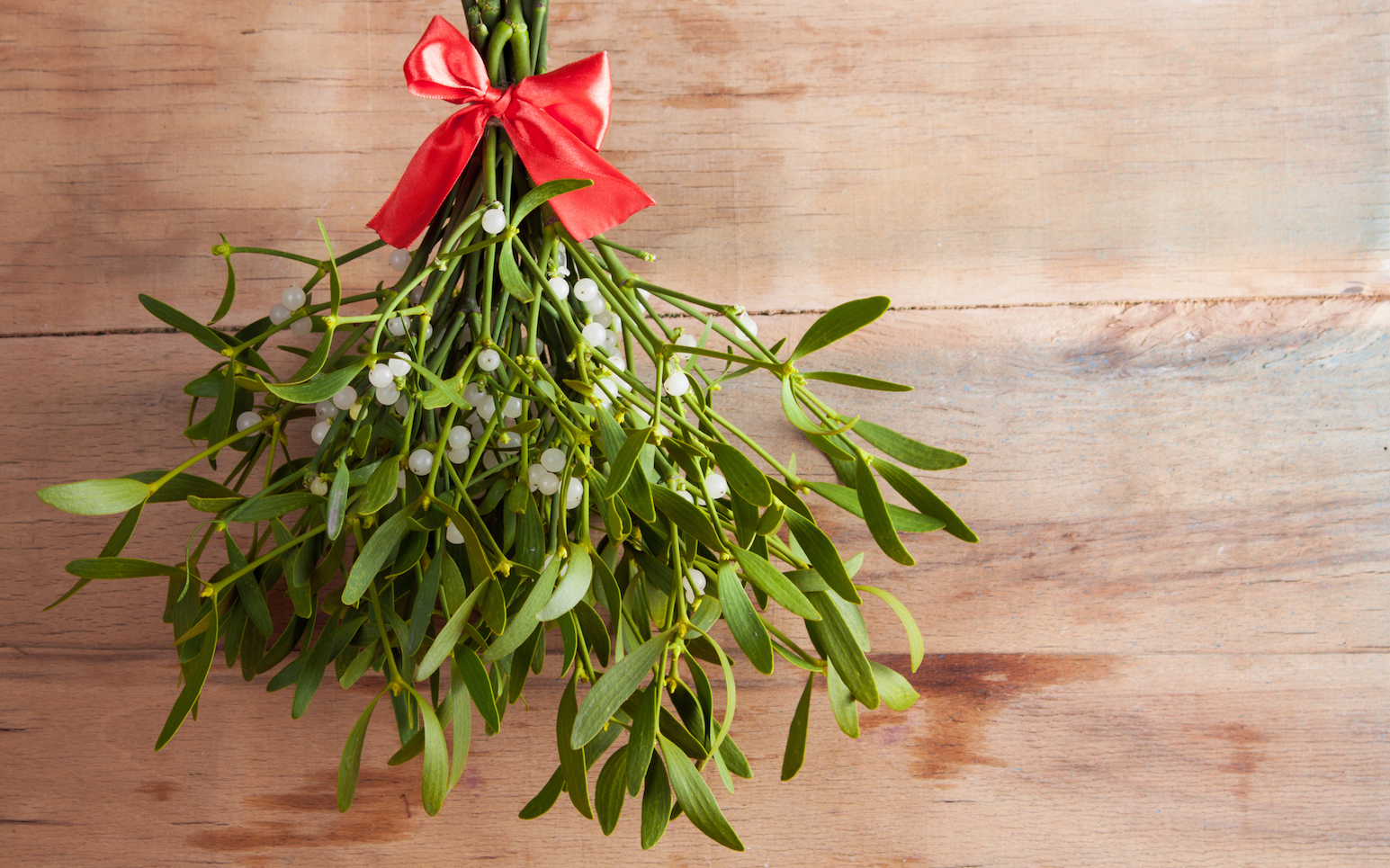
Mistletoe’s role in global celebrations showcases its universal appeal as a symbol of peace and goodwill.
- Christmas Traditions: Widely recognized for its role in Christmas decor, mistletoe is a symbol of love and friendship during the holiday season.
- New Year’s Celebrations: In some cultures, kissing under the mistletoe at midnight is believed to bring luck and happiness in the new year.
- Winter Solstice: For ancient cultures, mistletoe was part of solstice ceremonies, symbolizing hope and renewal as the days begin to lengthen.
These festive traditions emphasize mistletoe’s ability to bring people together, fostering a spirit of unity and celebration.
Environmental Conservation: Global Efforts
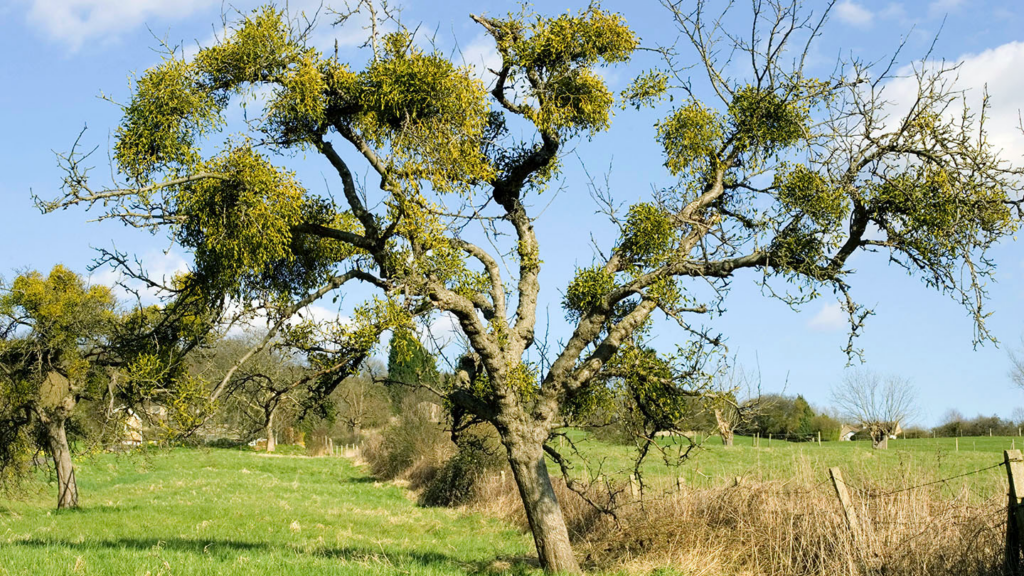
Mistletoe, while renowned for its cultural significance, also plays a vital role in ecological systems. Its conservation is essential for maintaining biodiversity and ecosystem balance. Let’s delve deeper into the strategies and efforts being made globally to preserve this important plant.
Habitat Preservation
- Objective: The primary goal is to protect the natural habitats, especially forests and woodlands, where mistletoe thrives.
- Locations and Actions:
- In Europe, particularly in countries like Sweden and Germany, efforts are underway to preserve old-growth forests, which are prime habitats for mistletoe.
- North American initiatives focus on the conservation of oak and pine forests, crucial for the survival of local mistletoe species.
- Impact: Protecting these habitats not only benefits mistletoe but also the myriad of species that depend on it, including various birds like the mistle thrush, which is known for spreading mistletoe seeds.
Sustainable Harvesting
- Practices: This involves harvesting mistletoe in a way that doesn’t harm the host trees and allows for regrowth.
- Methods:
- Controlled pruning: Removing only a portion of the mistletoe growth to prevent overharvesting.
- Rotation harvesting: Allowing certain areas to regenerate by rotating the harvest zones each year.
- Benefits: Sustainable harvesting ensures a balance where mistletoe can be used for cultural and medicinal purposes without depleting natural populations.
“Conserving mistletoe is not just about preserving tradition; it’s about acting responsibly towards a plant that plays a crucial role in our environmental tapestry.”
Educational Programs
- Purpose: Raising public awareness about mistletoe’s ecological importance and the need for its conservation.
- Initiatives:
- Workshops and seminars conducted by environmental organizations, like the Mistletoe League in the UK, educating people about sustainable mistletoe harvesting practices.
- School programs and community projects in various regions, including parts of the United States, where students participate in planting and nurturing mistletoe in local forests.
- Outreach: Through these educational efforts, communities become more involved in conservation activities, contributing to the long-term health of ecosystems where mistletoe is found.
These concerted efforts in habitat preservation, sustainable harvesting, and education not only aim to protect mistletoe populations but also seek to enhance public understanding and appreciation of this unique plant. By recognizing mistletoe’s ecological value and acting to safeguard its future, we can ensure that this symbol of tradition and biodiversity continues to flourish in its natural environment.
Conclusion: Embracing the Legacy of Mistletoe
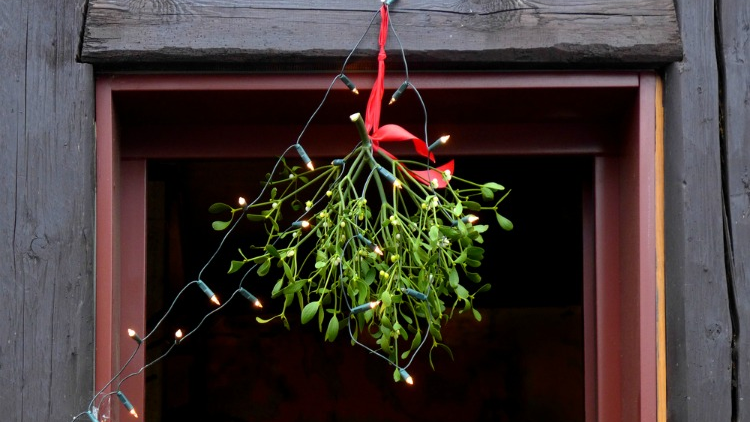
As we conclude our journey through the captivating world of mistletoe, it’s clear that this plant is much more than a simple holiday emblem. From its mystical roots in ancient mythologies to its symbolic presence in modern culture, mistletoe has woven a rich tapestry through human history and traditions. Its story is one of love, unity, and the enduring power of nature’s wonders.
So, the next time you find yourself under a sprig of mistletoe, take a moment to reflect on its remarkable journey through time and culture. In that small, unassuming plant lies a world of stories, waiting to be told and retold for generations to come.
Want More Interesting Articles?
- Best Christmas Gift Sex Toys for Long-Distance Couples
- The History of Christmas Sex
- 20 Stocking Stuffers for Adults – Add Some Sexy Christmas Spice
What do you think about this history of mistletoe? Drop a comment below!



